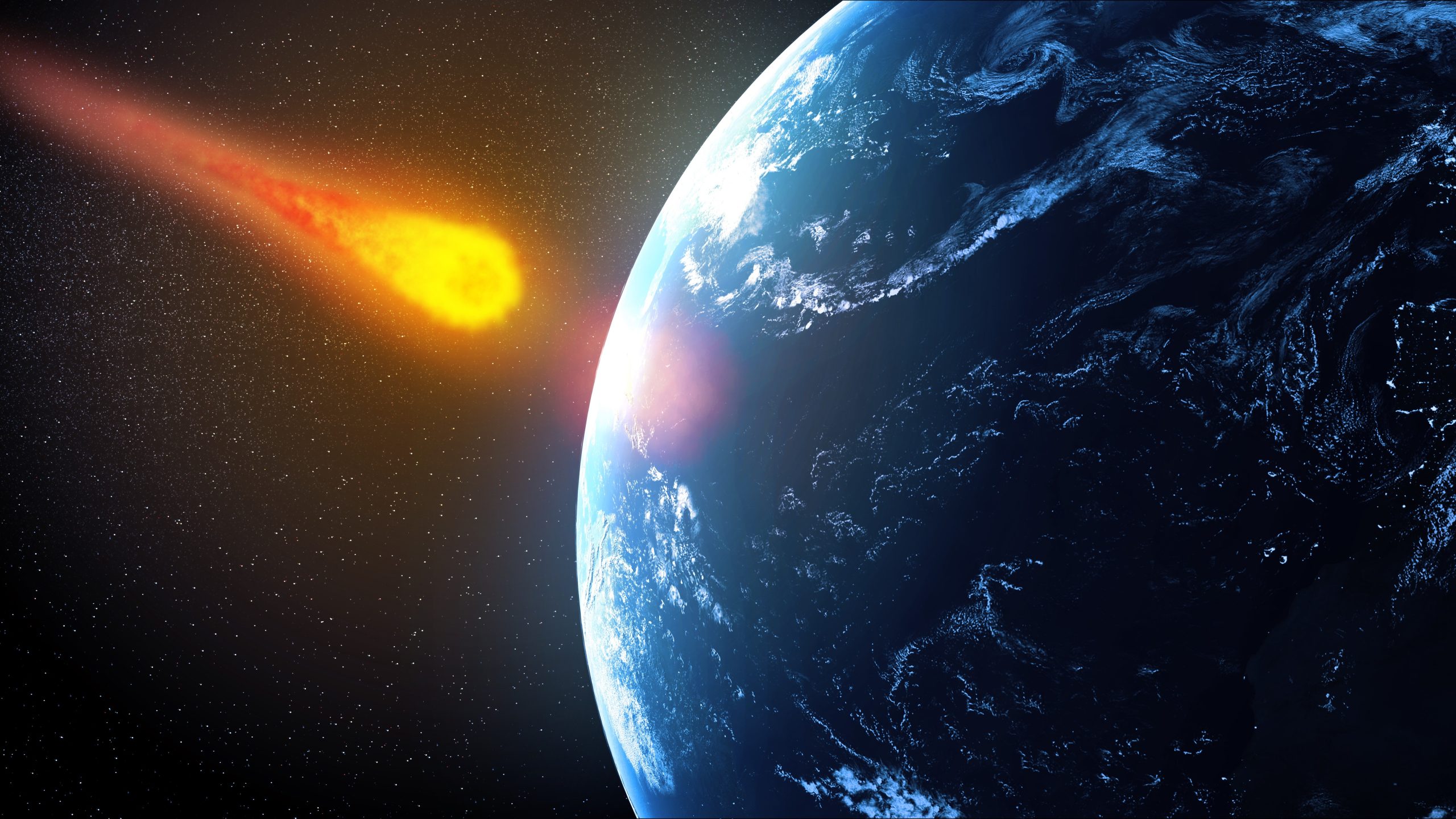In 2005, the United States Congress laid out a clear mandate: To protect our civilization and perhaps our very species, by 2020, the nation should be able to detect, track, catalog, and characterize no less than 90 percent of all near-Earth objects at least 140 meters across.
As of today, four years after that deadline, we have identified less than half and characterized only a small percentage of those possible threats. Even if we did have a full census of all threatening space rocks, we do not have the capabilities to rapidly respond to an Earth-intersecting asteroid (despite the success of NASA’s Double-Asteroid Redirection Test (DART) mission).
Some day in the finite future, an object will pose a threat to us—it’s an inevitability of life in our Solar System. The good news is that it’s not too late to do something about it. But it will take some work.
Close encounters
The dangers are, to put it bluntly, everywhere around us. The International Astronomical Union’s Minor Planet Center, which maintains a list of (no points award for guessing correctly) minor planets within the Solar System, has a running tally. At the time of the writing of this article, the Center has recorded 34,152 asteroids with orbits that come within 0.05 AU of the Earth (an AU is one astronomical unit, the average distance between the Earth and the Sun).
These near-Earth asteroids (or NEAs for short, sometimes called NEOs, for near-Earth objects) aren’t necessarily going to impact the Earth. But they’re the most likely ones to do it; in all the billions of kilometers that encompass the wide expanse of our Solar System, these are the ones that live in our neighborhood.
And impact they do. The larger planets and moons of our Solar System are littered with the craterous scars of past violent collisions. The only reason the Earth doesn’t have the same amount of visible damage as, say, the Moon is that our planet constantly reshapes its surface through erosion and plate tectonics.




 Loading comments...
Loading comments...
